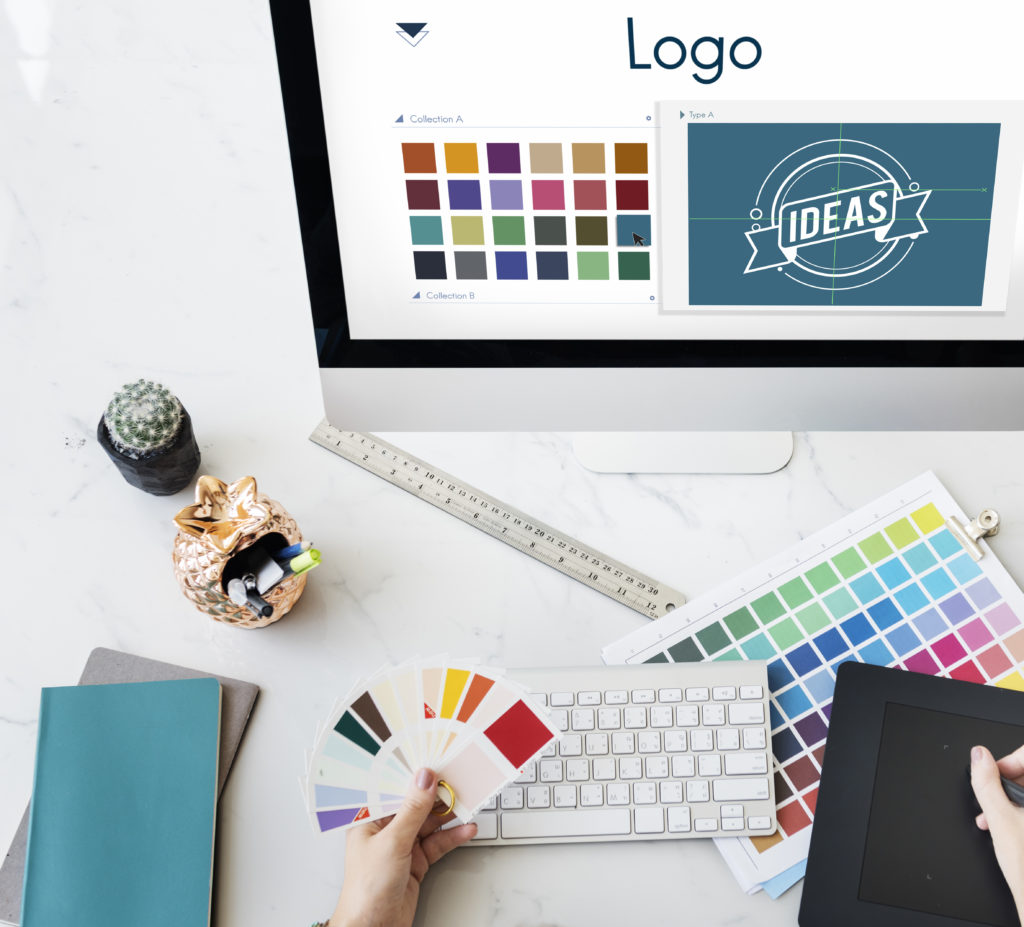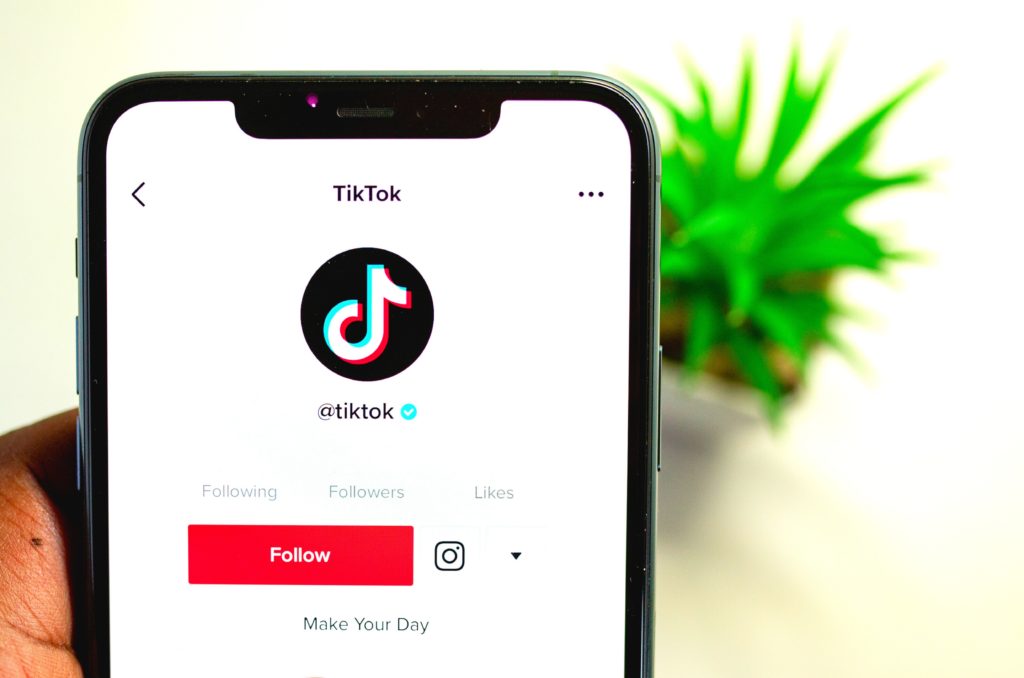Logo Redesign: Why Redesign an Existing Logo and Not Create a New One
The logo is a key part of the company’s branding, so it is no wonder that special attention should be paid to it. A well-designed logo can communicate a company’s values and help it stand out from the competition. On the other hand, a poorly designed logo can damage a company’s reputation and make it difficult for customers to remember and recognize the brand. That’s why logo redesign requires careful planning and execution.
In this post, we’ll discuss the importance of a logo redesign and hopefully help you decide whether a change in the overall look is ideal for you and how to successfully implement the changes so that they benefit your business in the long run. We’ll also explore some of the common mistakes companies make when redesigning their logos. So let’s get started.
What is a logo redesign?
A logo redesign is when a company or organization changes its current logo to a new one. The reasons can be numerous, such as rebranding, changing the name or changing the direction of the company’s business. The new logo will most often be just a more modern version of the older logo, retaining the colors, typography or icon. Sometimes, however, the whole logo is completely changed.
It’s a big decision for any company because updating all company materials with a new logo can be expensive and time-consuming. So before you embark on a redesign, it’s important to do your research because a new logo can have a big impact on how customers perceive a company.
Reasons for a logo redesign
There are many reasons why companies choose to redesign their logos. Sometimes this is because the company has gone through a change, such as a merger or acquisition. In other cases, it may be because the company wants to update its image or target a new audience.
A few common reasons for a logo redesign are:
The company has gone through a change:
As mentioned above, companies sometimes redesign their logos after a change, such as a merger or acquisition. This is because a new logo can help communicate the company’s new identity. Also, the company may be changing its business direction and will no longer be engaged in the same business as before.
The company wants to update its image:
Over time, a company’s image can become outdated. This is especially common in industries that are constantly evolving, such as technology. A logo redesign can help update a company’s image and make it more relevant to its target audience.
The company wants to target a new audience:
As a company’s target audience changes, so should its logo. A company targeting a new audience may want to redesign its logo to appeal to a new market.
The company wants to be more recognizable:
A company can redesign its logo to make it more recognizable. This is often achieved by simplifying the design or using more recognizable colors or shapes.
The company wants to be more memorable:
A company may also want to redesign its logo to make it more memorable. This can be done by using a unique design or incorporating elements that are associated with the company’s brand.

How to redesign a logo
Before you start it is important to have a plan. When redesigning your logo, you need to understand three things: your business goals, your current market position, and your industry’s market position. You also need to understand what kind of reputation you have built for yourself over time.
All of these things need to be understood before moving forward with the logo redesign process as they will influence every decision made during this process.
Here are some tips to help you through the process:
1. Determine the objectives of the redesign:
What does the company want to communicate with the new logo? What are the company’s values and how can they be conveyed through design? It is also important to consider the history of the company and how the logo has evolved over time.
2. Gather inspiration:
Once the goals of the redesign are established, the next step is to gather inspiration. This can be done by looking at other logos in the same industry or by looking at logos of companies that have similar values to the company being changed.
3. Sketch ideas:
Once you’ve gathered inspiration, it’s time to start sketching ideas for a new logo. There is no need to stop yourself during this process. Some ideas won’t look good when you put them on paper, but they might inspire you for a new idea.
4. Get feedback:
Once a few potential designs have been created, it’s important to get feedback from others. This can be done by showing the design to employees, customers or even friends and family.
5. Choose the final design:
After getting feedback, it’s time to choose the final design. The chosen design should reflect the values and goals of the company and should be something that employees, customers and others can be proud of.
6. Implement the new logo:
The last step is the implementation of the new logo. This includes updating all of the company’s marketing materials, as well as its website and social media accounts.
Mistakes in redesign a logo
When redesigning a logo, it’s important to avoid mistakes. Since the redesign process itself is an expensive and time-consuming process, mistakes should be kept to a minimum and, if possible, succeed in creating the best possible logo on the first attempt.
1. Don’t make too many changes.
Sometimes all it takes is a subtle change to update your logo. Too much change can confuse and alienate your customers.
2. Don’t stray too far from the original.
If your customers are already familiar with your logo, don’t make too many changes so that they can’t recognize it.
3. Do not lose the original meaning.
Make sure the new logo still represents what your company stands for. Don’t make any changes that would change the message your logo is trying to convey.
4. Seek professional help.
Do not attempt to redesign your logo yourself unless you are a professional graphic designer. It pays to invest in a professional to help you with this important task.
To avoid these mistakes, companies should take the time to carefully consider their goals for the redesign and consult with experts to ensure that their new logo is effective and reflects their brand.

How do you know if a redesign is needed?
1. The first question you have to ask yourself is whether the current logo is outdated
A good rule of thumb is that if a logo is more than ten years old, it may be time for a redesign. Of course, there are always exceptions to this rule – for example, if your company is going through a rebrand, then a new logo might be in order.
2. Look at your competition
How does their logo compare to yours? If their logo is more modern or better reflects their brand, it might be time to update yours.
3. Pay attention to your brand identity
Has it changed over the years? If so, your logo should reflect these changes. For example, if you’ve recently added new products or services, your logo should reflect that expansion.
4. Finally, ask yourself if you just don’t like your current logo.
If it’s not aesthetically pleasing or doesn’t reflect your brand well, it may be time for a change.
These are all valid reasons to consider a logo redesign. If one or more of the above apply to you, it may be time to update your logo. Of course, be sure to consult with a professional graphic designer and your marketing team first.
What are the risks of logo redesign?
There are several risks associated with logo redesign. The most common is that the new logo will not be well received by the public. This can lead to loss of customers and a negative association with the company.
If the new design deviates too much from the original logo, it may turn away existing customers. Clients are loyal not only to products and services, but also to the appearance of the brand. That’s why a redesign that deviates too much from the old one or is completely changed in appearance can cause a very negative reaction among clients.
Creating an overly complicated logo is also one of the risks. This can make it difficult for customers to remember the logo. Simpler images, combinations of colors and fonts are easier to remember. The more complicated the logo, the greater the risk that it will not make a lasting impression.
Some of the other mistakes include not considering the meaning of the current logo, not taking the time to understand the brand, not having a clear idea of what the redesign should achieve, not involving key people in the process, not having clear timelines, not testing the new logo, and not having a transition plan from old logo to the new one. If any of these steps are neglected, the risk is that the redesign will not be successful.
Logo redesign can also be an expensive and time-consuming process, so it’s important to weigh the risks and benefits before making any changes.
Avoiding these mistakes is critical to ensuring a successful redesign.
If you decide to redesign, be patient and let the process unfold. It’s important to know that logo redesign takes time – you need to be open and flexible throughout the process.
Be open to change and experiment. A good designer will encourage experimentation with different ideas, shapes, and compositions as well as color schemes—this way, you’ll design something unique for your company that will set it apart from the competition’s logos in a positive way.
CONCLUSION
A logo is important because it is often the first thing a potential customer will see. It should be attractive and reflect your company. If you are not sure whether you need a new logo, ask yourself the following questions: Is the current logo outdated? Does the competition have a better logo? Has your brand identity changed? Just don’t like the current logo? If you answered yes to any of these questions, it may be time for a redesign.
If you need a logo redesign, feel free to contact us via email or contact form.
You can view our works in the portfolio.
If you liked this article, check out our blog for more articles on graphic design.
Thank you for reading!






